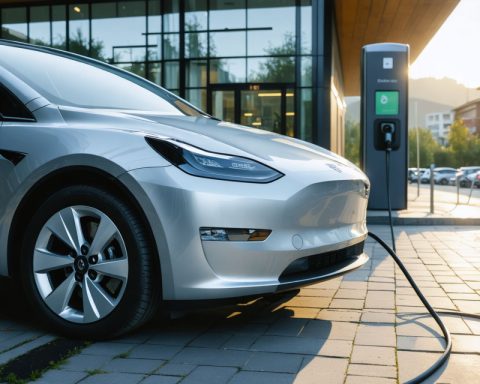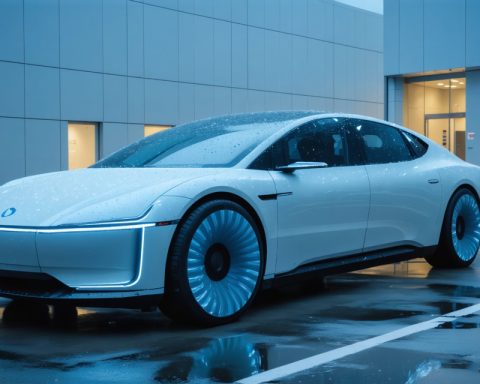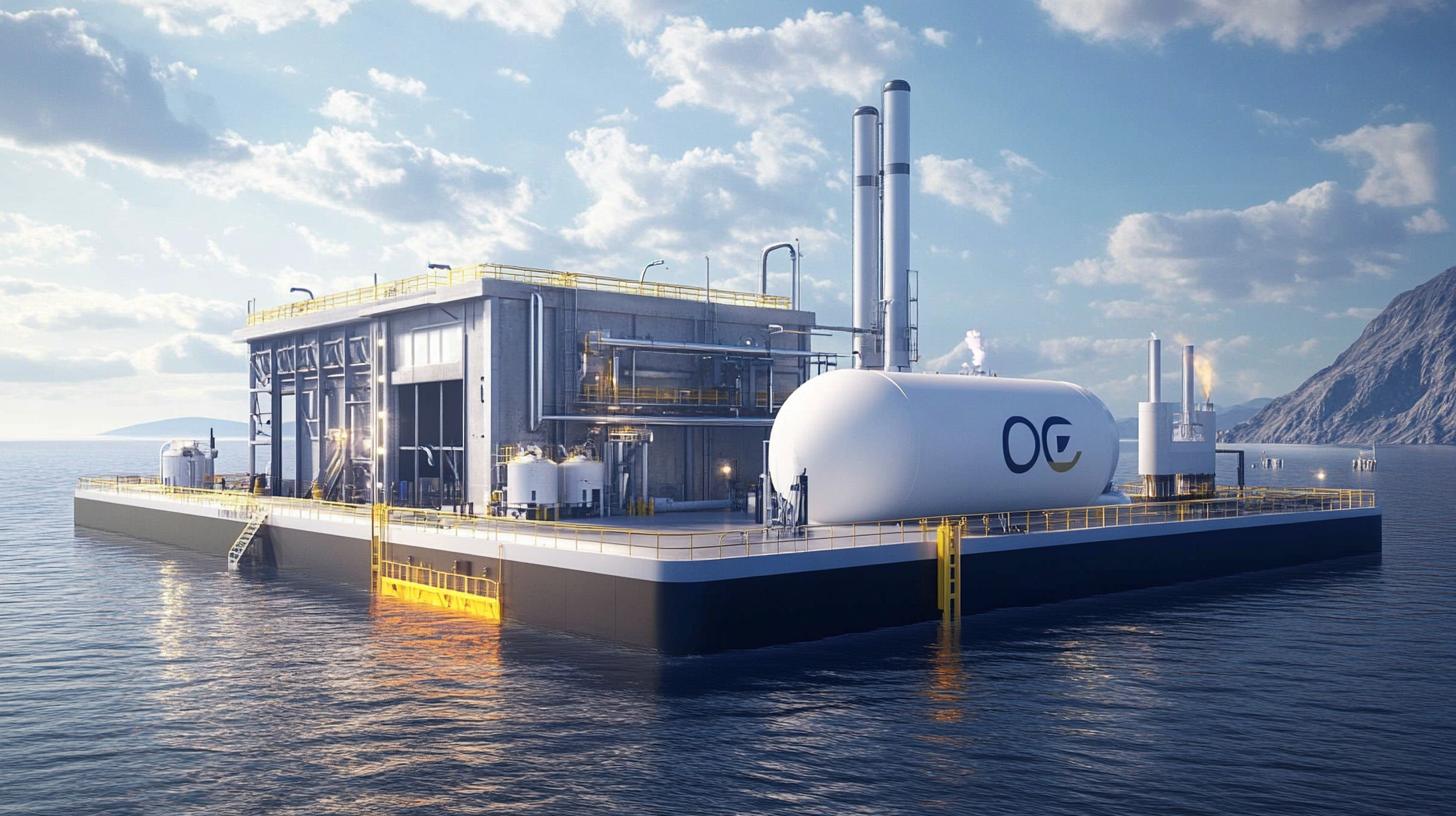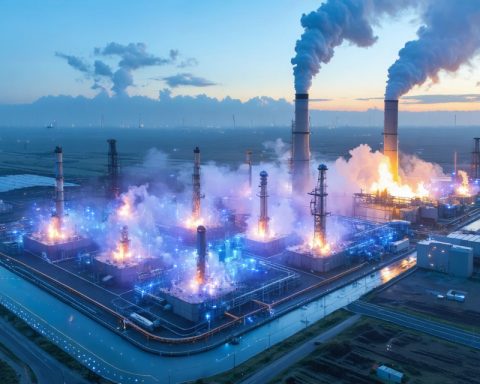- State officials in Illinois warn of rising utility costs due to energy policy changes and climate goals.
- Ambitious green energy objectives may increase electricity bills as renewable technology deployment struggles to meet demand.
- MISO has flagged potential energy shortages in central and southern Illinois as the state transitions from coal and natural gas.
- Illinois’s dependence on imported electricity from fossil fuel-heavy states adds complexity to its carbon-neutral goals.
- Seasonal factors and infrastructure constraints may further challenge the state’s energy systems, increasing financial burdens.
- Residents are encouraged to remain vigilant and engage with energy transition discussions as policy decisions shape future energy landscapes.
As spring blossoms across Illinois, state officials are sounding alarms about impending rises in utility costs, urging residents to prepare for what might become more than a financial annoyance. At the heart of this issue lies a tangled web of energy policies, climate goals, and regional dynamics, all promising to impact the wallets of everyday citizens.
On March 18th, against the backdrop of the Capitol’s towering spires, State Representative C.D. Davidsmeyer painted a vivid picture of the future—a future where electricity bills swell amid shifting energy landscapes. The state’s ambitious green energy objectives are seen by some as a double-edged sword, cutting environmental impact while potentially inflating costs. Davidsmeyer underscores this with a straightforward warning: the pursuit of aggressive decarbonization might outpace the readiness of renewable technologies, causing a mismatch between energy demands and supply.
The Midcontinent Independent System Operator (MISO), the entity responsible for overseeing the power grid in crucial parts of Illinois, has already flagged the possibility of energy shortages. Particularly vulnerable are central and southern sections of the state, where the transition away from coal and natural gas—a shift aimed at fostering a cleaner, greener grid—may outstrip the pace of renewable energy deployment.
However, the intricacies of this energy puzzle extend beyond policy decisions. Illinois’s reliance on imported electricity further complicates the scenario. Despite eco-friendly aspirations, when local sources fall short, the state taps into neighboring regions for electricity primarily generated from the very fossil fuels it aims to phase out. This dynamic underscores a paradox: while Illinois strives for a carbon-neutral profile, it remains tethered to the energy production capabilities of states like Indiana, Missouri, and Kentucky.
Compounding these challenges are seasonal factors and infrastructural constraints. As mercury levels rise with the summer sun, so does the state’s energy consumption. During these peak months, existing systems often strain to balance soaring demand with available supply—a scenario that could exacerbate financial burdens for consumers already grappling with the economic aftermath of global disruptions.
The takeaway for Illinois residents is both a call for vigilance and an invitation to engage with the broader narrative of energy transition. Understanding that today’s policy decisions are a critical tipping point in shaping tomorrow’s energy landscape is essential. While the path forward might seem fraught with rising costs and logistical hurdles, it offers a transformative opportunity to rethink and innovate—a chance to redefine energy reliability and sustainably address the climate imperative.
Navigating this complex energy dialogue demands careful consideration of how to balance immediate needs with long-term vision. Illinois’s journey toward sustainable energy is emblematic of a broader challenge faced by many regions: crafting a future that harmonizes ecological responsibility with economic reality.
How Illinois Residents Can Prepare for Surging Utility Costs Amid an Energy Transition
Introduction
As Illinois embarks on a significant energy transition to meet ambitious green energy goals, residents are being cautioned about potential increases in utility costs. The state’s shift towards renewable energy sources is beneficial for the environment but may lead to higher electricity bills and energy supply challenges, particularly in central and southern regions. This article delves into the factors contributing to rising energy costs, explores the balance of renewable ambitions with practicalities, and provides actionable recommendations for residents.
Key Factors Driving Utility Costs Up
1. Energy Policy and Decarbonization Goals: Illinois is aggressively pursuing decarbonization, aiming to replace coal and natural gas plants with renewable sources. While environmentally beneficial, this strategy can lead to increased costs if the transition outpaces renewable energy technology readiness.
2. Dependence on Imported Power: With current renewable energy infrastructure not yet fully meeting demand, Illinois imports electricity from neighboring states that primarily rely on fossil fuels. This reliance somewhat counteracts local efforts to achieve carbon neutrality.
3. Infrastructure and Seasonal Demand: Existing grid infrastructure may be strained by the high energy consumption typical during Illinois’s hot summers, further stressing power availability and potentially driving up costs.
Market Trends and Predictions
– Growth of the Renewables Sector: The renewable energy sector in Illinois is forecasted to expand, with increased investments in solar and wind farms. However, this growth must be rapid enough to meet current and future energy demands without increasing reliance on out-of-state fossil fuel suppliers.
– Technological Innovations: Advances in battery storage and grid technology are crucial. Illinois must adopt these innovations swiftly to store excess renewable energy and maintain grid stability.
How-To Steps: Preparing for Rising Utility Costs
1. Invest in Energy Efficiency: Homeowners can reduce energy consumption by upgrading insulation, installing smart thermostats, and using energy-efficient appliances.
2. Consider Solar Panels: Utilizing residential solar panels can offset energy costs and contribute to local renewable energy generation. Various federal and state incentives are available to make installation more affordable.
3. Monitor Energy Use: Apps and home energy management systems can help residents track and reduce their consumption.
4. Advocate for Policy Engagement: Engagement in local energy policy discussions can help ensure that community concerns and suggestions shape future energy decisions.
Controversies and Limitations
– Potential for Energy Shortages: Concerns persist about temporary energy shortages as the grid transitions from fossil fuels to renewables. The success of Illinois’s clean energy goals depends on balancing ambitious environmental targets with economic feasibility.
– Economic Impact on Low-Income Residents: Rising utility costs can disproportionately affect low-income households, making comprehensive assistance programs more critical.
Pros & Cons Overview
Pros:
– Environmental benefits of reduced carbon emissions.
– Investment in energy efficiency can lead to long-term cost savings.
– Possibility of generating income through solar panel net metering.
Cons:
– Potential for higher short-term utility costs during the transition period.
– Energy supply uncertainties due to infrastructure and policy transitions.
Actionable Recommendations
– Explore Incentives: Investigate state and federal programs offering incentives for energy efficiency improvements and renewable energy adoption.
– Participate in Co-op Initiatives: Community solar cooperatives can offer collective ownership options and reduce individual energy expenses.
– Stay Informed: Regularly monitor energy policy developments and potential impacts on utility rates and take action accordingly.
For additional information about energy policies and new developments, consider visiting the Illinois state government’s official energy department website or the Illinois Commerce Commission.
Conclusion
Understanding Illinois’s energy landscape and actively engaging in resource efficiency measures can help mitigate the impact of rising utility costs amidst this pivotal energy transition. With a focus on sustainability and informed decision-making, residents can navigate this evolving terrain successfully.














